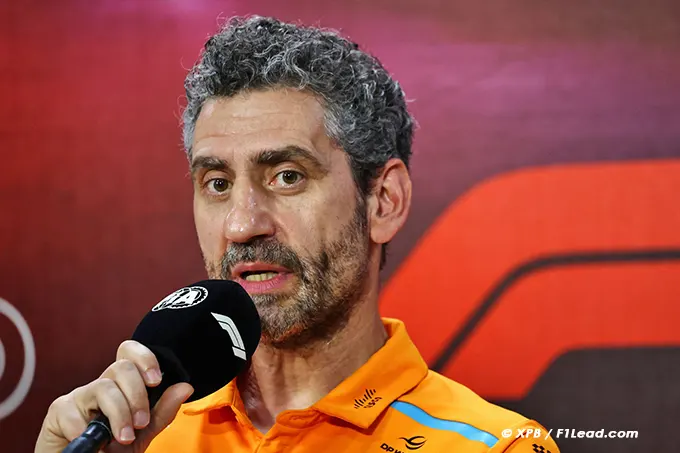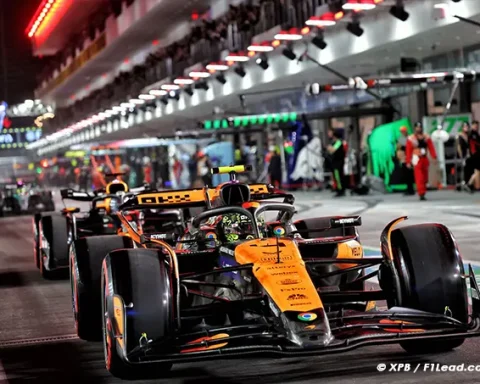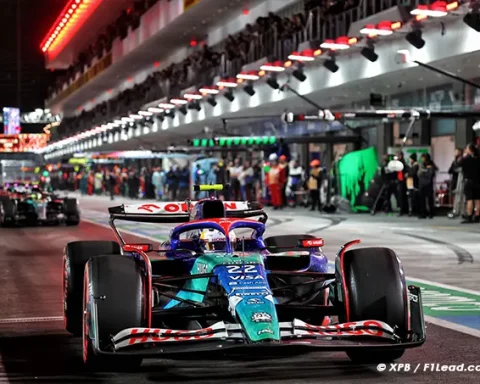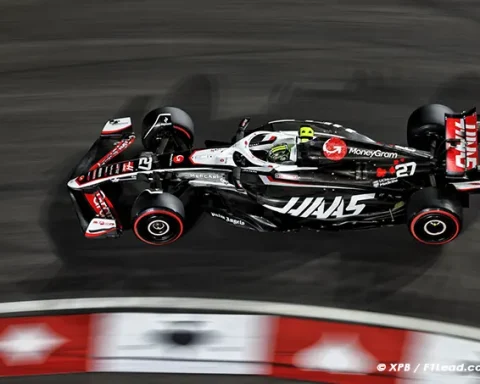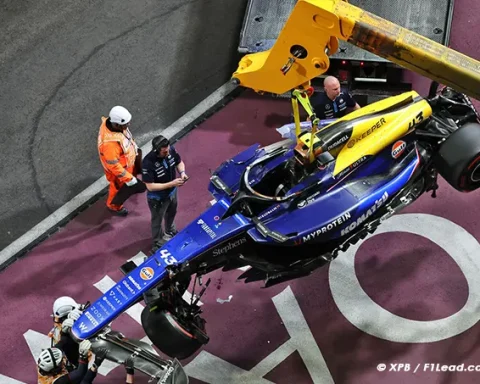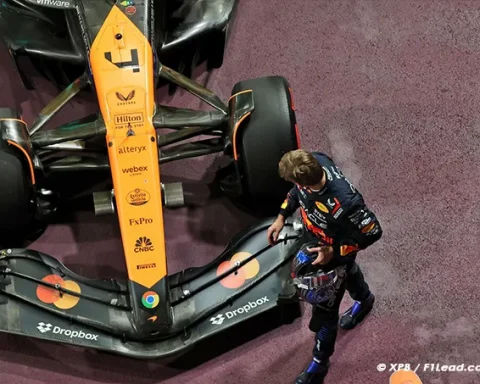Team principals praise advancements in 2026 F1 car performance, enhancing speed and maintaining Formula 1’s elite status in motorsport innovation.
Formula 1 has made substantial progress in recent weeks on the 2026 regulations, focusing specifically on enhancing anticipated on-track performance.
There have been extensive discussions, and the finalisation of the rules was delayed as initial simulations indicated that the cars would be too slow, potentially even approaching the speeds of current Formula 2 cars.
The performance profile of the 2026 F1 cars has since evolved, notably with increased aerodynamic downforce, making them somewhat quicker in simulations.
This progress was praised in Brazil by team principals.
“I believe the FIA, along with the teams, have done an excellent job in reaching a solution that, in my opinion, is significantly improved today,” said James Vowles, Williams F1’s team principal.
“In the current scenario, we have more freedom to explore these regulations. This allows us to extract more performance at the same time. I think we’ve reached a better balance. And that’s really positive. I’m already convinced of it, but it’s because this was truly well-thought-out, with all the teams coming together with the FIA to draft these regulations as one cohesive framework on paper. That’s why everything has come together so quickly.”
“Yes, first of all, I would like to fully agree with James regarding the excellent work and collaboration between the FIA and the teams, which is important to highlight,” added Andrea Stella, representing McLaren F1.
“I think in terms of cornering speed, simulations now appear much more convincing. This should still enable exciting racing, reaffirming Formula 1 as the pinnacle of motorsport. So, from that perspective, the downforce levels seem to be in a much better place. I believe there are still a few weeks of work ahead, and I hope this will bring us closer to the goal of ensuring good racing and the overall speed we all want to see in a Formula 1 car.”
An active observer in this process, Mario Isola of Pirelli F1, must closely monitor these developments as they will impact the loads on his future tyres, which will remain 18 inches but with slightly narrower widths.
“We’re continuing our development plan. Naturally, we’re keeping a close watch on the technical regulations to ensure we have a tyre suited to the anticipated performance of the cars. The limitation we face is that the test mule cars are, of course, not entirely representative of what we’ll encounter in 2026.”
“We have a test scheduled, our first wet-surface session in the coming weeks. It’s already planned, and we’ll proceed, doing our best to deliver a strong product.”
“Most of the work centres on the tyre’s virtual model, and we have a fantastic collaboration with the teams to test this model on their simulators and make progress with their feedback.”

- You may also like>Verstappen, Norris Admit Friendship Wavers Amid Track Tensions
- Also make sure you follow us on social media>Facebook and>Twitter
Teams and FIA Applaud Major Gains in 2026 Car Speeds Teams and FIA Applaud Major Gains in 2026 Car Speeds
